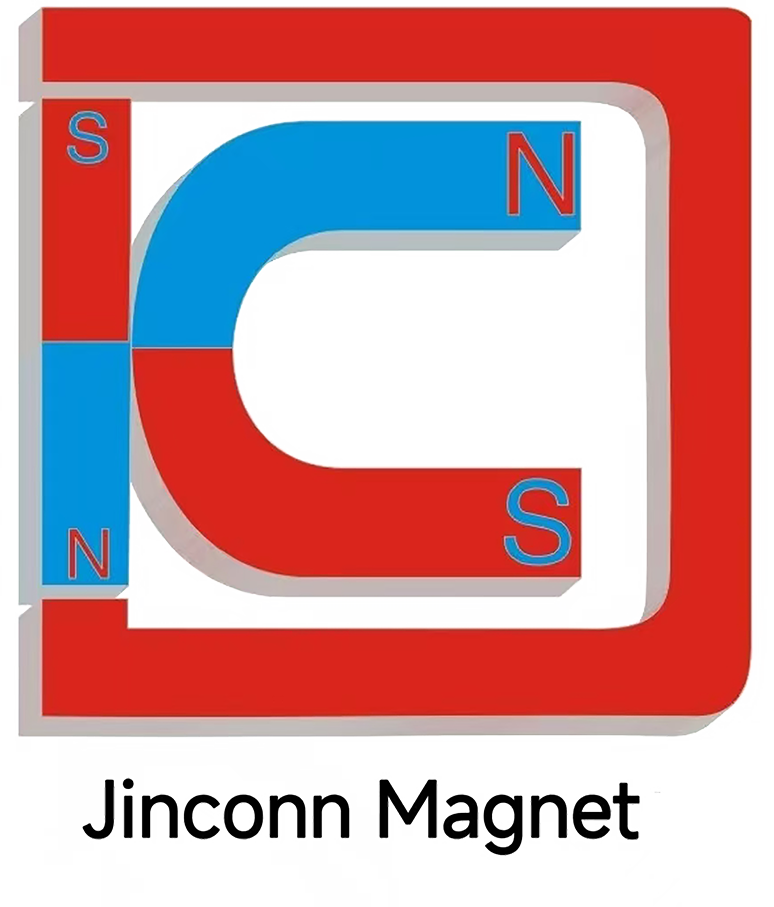Selection Advice for Magnets in High-Speed Rail and Electric Motors
The selection of magnets for high-speed rail systems and electric motors is a key factor in determining overall efficiency, reliability, and power output. As the technology for transportation and industrial machinery continues to advance, rare earth magnets—particularly neodymium magnets—have emerged as the preferred choice for applications demanding high magnetic force and high performance.
Rare earth magnets, including neodymium magnets, are known for their strong magnetic properties and high energy density. When used in electric motors, these high performance magnets enable the creation of smaller, lighter, and more powerful designs. In high-speed rail, the need for precise control, minimal maintenance, and energy efficiency further reinforces the importance of selecting high performance magnets with high magnetic force. These magnets help achieve rapid acceleration, smooth operation, and stable speed control while reducing overall weight.
Selecting the right magnet involves evaluating several technical factors. First, the desired magnetic force must be matched to the operational requirements of the system. For instance, high performance neodymium magnets provide high magnetic force essential for both high-speed rail traction motors and compact, efficient industrial electric motors. Second, resistance to demagnetization and temperature stability are vital. High performance magnets should maintain their magnetic properties under varying loads, vibration, and the elevated temperatures typical in high-speed environments.
In addition, corrosion resistance is an important consideration. Rare earth magnets used in rail and motor applications are typically coated or plated to ensure long-term reliability, especially in harsh or outdoor conditions. The magnet’s shape, size, and grade must also be tailored to the design constraints and mechanical integration of the application.
As electrification continues to expand in transportation and industry, the use of rare earth magnets—especially high performance neodymium magnets—will remain essential for achieving the next level of speed, efficiency, and reliability in motors and high-speed rail systems.
rare earth magnet, high performance magnet, neodymium magnet, high magnetic force, high performance, electric motor, high-speed rail, magnet selection, traction motor, motor design, speed control, energy density, temperature stability, demagnetization resistance, corrosion resistance, magnet coating, power output, efficiency, reliability, industrial application, lightweight motor, rapid acceleration, compact design, stable operation, high-speed train, automation, transportation technology, motor integration, mechanical design, advanced magnet, rail technology, electric transportation, rail electrification, permanent magnet motor, environmental durability, long-term performance, system optimization, vibration resistance, magnet grade, application engineering, innovation




Jinconn WeChat









